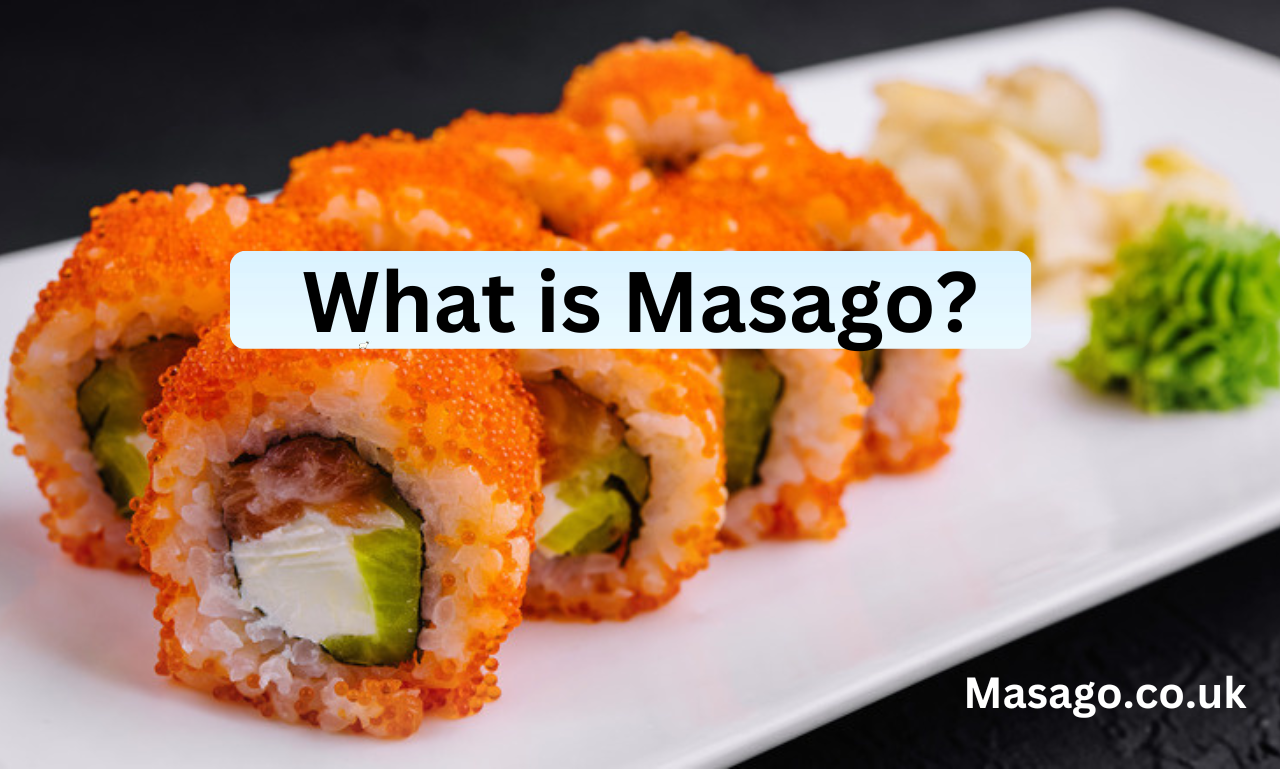Introduction to Chocolate Beans
Chocolate beans, also known as cocoa beans, are the seeds of the cacao tree (Theobroma cacao). These beans are the foundation of all chocolate products and have a rich history in culinary traditions around the world. With their deep-rooted significance in cultures and cuisines, chocolate beans are celebrated not just for their delightful flavor but also for their nutritional benefits.
Types of Chocolate Beans
There are several varieties of cocoa beans, each offering unique flavor profiles and characteristics. The three primary types are:
- Criollo: Often considered the finest cocoa variety, Criollo beans have a delicate flavor and complex aroma. They are grown mainly in Central and South America.
- Forastero: The most common type, Forastero beans are hardier and more resistant to disease. They typically have a stronger, more robust flavor, making them popular in mass chocolate production.
- Trinitario: A hybrid of Criollo and Forastero, Trinitario beans combine the best qualities of both varieties, offering a unique flavor that is both rich and aromatic. They are primarily grown in the Caribbean and parts of South America.
The geographic origins of these beans significantly impact their flavor. For instance, beans from Ecuador may have fruity notes, while those from Ghana are known for their earthy tones.
The Chocolate Bean Harvesting Process
The journey from cacao tree to chocolate bar is intricate and labor-intensive:
- Cultivation and Growth Conditions: Cacao trees thrive in tropical climates, requiring specific conditions such as shade, humidity, and well-drained soil. They typically take 3 to 5 years to bear fruit.
- Harvesting Methods: Cacao pods are harvested by hand using machetes, usually during a six-month harvesting season. It’s crucial to pick the pods at the right time for optimal flavor.
- Fermentation and Drying: After harvesting, the beans are extracted from the pods and fermented for several days, which develops their flavor. They are then spread out to dry under the sun, reducing moisture content and preparing them for storage.
- Quality Control: Quality control is essential throughout this process to ensure that only the best beans make it to the chocolate-making phase.
Nutritional Value of Chocolate Beans
Chocolate beans are not only delicious but also nutritious. They contain essential nutrients, including:
- Antioxidants: Cocoa beans are rich in flavonoids, which help combat oxidative stress in the body.
- Heart Health: Consuming cocoa in moderation has been linked to improved cardiovascular health, as it may help lower blood pressure and improve circulation.
- Mood Enhancement: The compounds found in cocoa beans can boost serotonin levels, potentially improving mood and reducing feelings of anxiety.
Chocolate Beans in Culinary Uses
Chocolate beans are versatile and can be used in various culinary applications:
- Chocolate-Making: The primary use of cocoa beans is in making chocolate. After roasting, the beans are ground into a paste called chocolate liquor, which can be further processed into cocoa powder and cocoa butter.
- Flavoring Beverages: Cocoa beans can be used to create rich hot chocolate or as a flavoring in coffee and smoothies.
- Incorporating into Desserts: Chocolate beans can also be used in desserts, such as brownies, cakes, and chocolate-covered fruits or nuts.
Popular Recipes Featuring Chocolate Beans:
- Homemade Chocolate Bars: Melt chocolate liquor and pour it into molds. Add nuts or dried fruits for added flavor.
- Hot Chocolate: Blend cocoa powder with milk, sugar, and a pinch of salt for a warm, comforting drink.
- Chocolate-Covered Snacks: Dip pretzels or fruits in melted chocolate for a delightful treat.
The Environmental Impact of Chocolate Bean Production
The production of chocolate beans raises important environmental considerations:
- Sustainable Farming Practices: Encouraging sustainable farming methods can help reduce deforestation and promote biodiversity.
- Fair Trade Considerations: Supporting fair trade practices ensures that farmers receive fair compensation for their labor, improving their livelihoods and communities.
- Initiatives for Reducing Environmental Impact: Many organizations and companies are working towards reducing the environmental footprint of chocolate production, focusing on eco-friendly practices and ethical sourcing.
Conclusion
Chocolate beans are at the heart of one of the world’s favorite treats, embodying a rich history and diverse flavors. Understanding the types of cocoa beans, the harvesting process, and their nutritional benefits enhances our appreciation for chocolate. As consumers, we can support sustainable practices and enjoy the delightful experience of chocolate in various culinary forms. Explore the world of chocolate beans, and savor the journey from bean to bar! Feel free to modify or request any specific sections or additional details!




